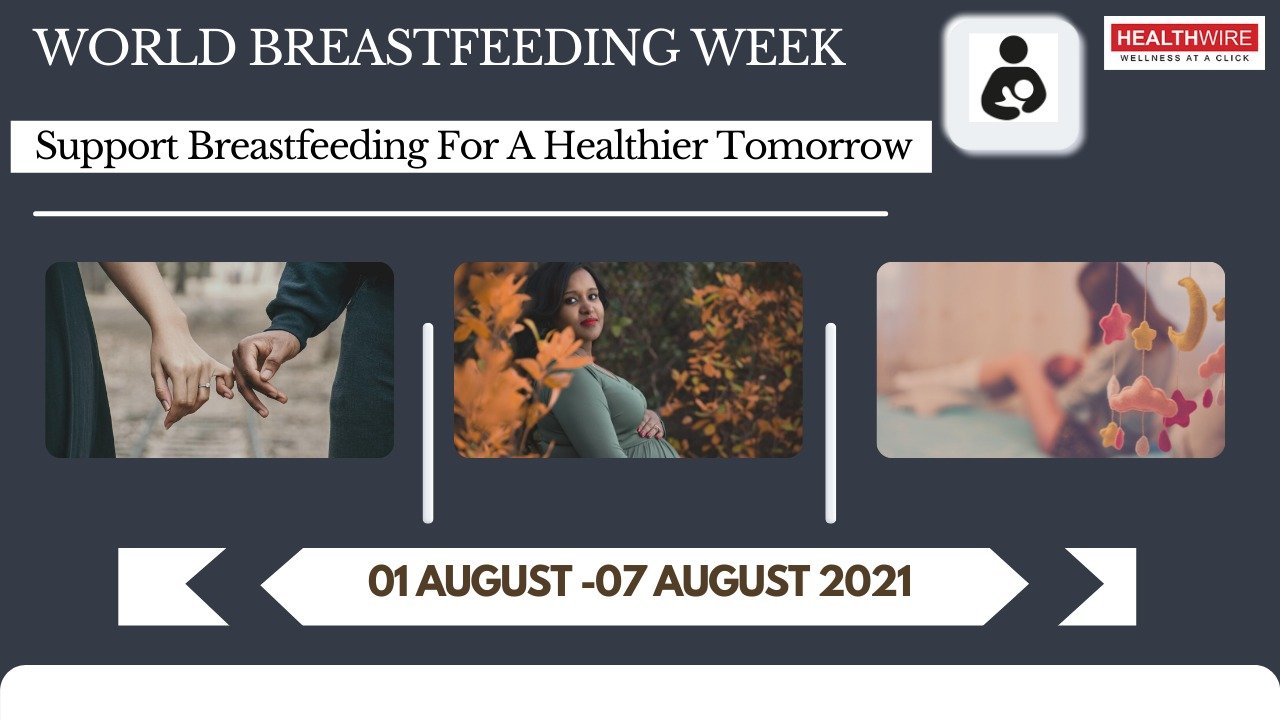Breastfeeding may be natural, but it’s not always easy. The truth is, there are several things that can pop up along your nursing journey, throwing up roadblocks on what might already be a pretty bumpy road. What is easy? Getting great advice from the experts that know breasts and babies best.
Whether you’re a new mom or a seasoned parenting pro, breastfeeding often comes with its fair share of questions.
Dr. Uma Vaidyanathan. Senior Consultant, Obstetrics and Gynaecology, Fortis Hospital, Shalimar Bagh, Delhi answered some common queries that mothers — new and veteran — may have
I have severe menses like cramps while breastfeeding. Is this normal?
Yes. During the first few days to weeks after delivery, you may feel strong, menstrual-like cramps in your uterus while feeding your baby due to your uterus shrinking back to a smaller prepregnant size.
Can I feed with sore, cracked nipples? It’s painful.
Yes. You may use a nipple shield. Make sure the baby is latching properly. Offer short frequent feedings and apply warm moist compresses to the nipples. Rub freshly expressed breast milk on your nipples to hasten to heal. Contact your doctor if there are visible cracks in the nipple and you develop fever or redness in the breasts.
My breasts are swollen and I am unable to feed my baby. I feel my milk ducts are clogged. What do I do?
Breastfeed more often and position the baby correctly. Breastfeed on the side with the plugged duct first. Your baby’s sucking impulse at the beginning of the feeding may help to unblock the duct. Use breast pump or express with hands to remove the milk and relieve pressure. Alternate warm and cold compresses with gentle massage towards the nipples and clean cold cabbage leaves help alleviate the discomfort.
I have red/brown coloured milk with pain. I think it’s blood. Should I continue feeding my baby?
Contact your doctor and look for the cause. If it’s a cracked or damaged nipple, give your nipples some rest and let them heal. Keep pumping out the milk from time to time. Your baby’s stools may be darker than normal and the baby may refuse feeds due to a change in the taste of milk due to blood. Watch for signs of fever and breast redness though.
I plan to start working. Can I store my breastmilk for the baby in a freezer? What precautions should I take?
You can freeze and/or refrigerate your pumped (or expressed) breast milk. Store it in clean bottles with screw caps, hard plastic cups that have tight caps, or nursing bags (pre-sterilized bags meant for breast milk). It’s prudent to label each container with the date when the milk was pumped. You can store it at room temperature for 6-8 hours( 25°C) or in the refrigerator at 4°C for up to 5 days. You can also freeze it in the freezer compartment inside the refrigerator for about 2 weeks. To thaw frozen milk, you can move it to the refrigerator (it takes 24 hours to thaw), then warm it by running warm water over the bag or bottle of milk and use it within the next 24 hours. Do not refreeze it.
Remember that refrigerated milk may look a little different from fresh breast milk, but that doesn’t mean it’s gone bad. It’s normal for early breast milk to look kind of orange and mature milk to look slightly blue, yellow, or brown when refrigerated or frozen. And it may separate into a creamy looking layer and a lighter, more milk-like layer. If this happens, just swirl it gently to mix it up again.








